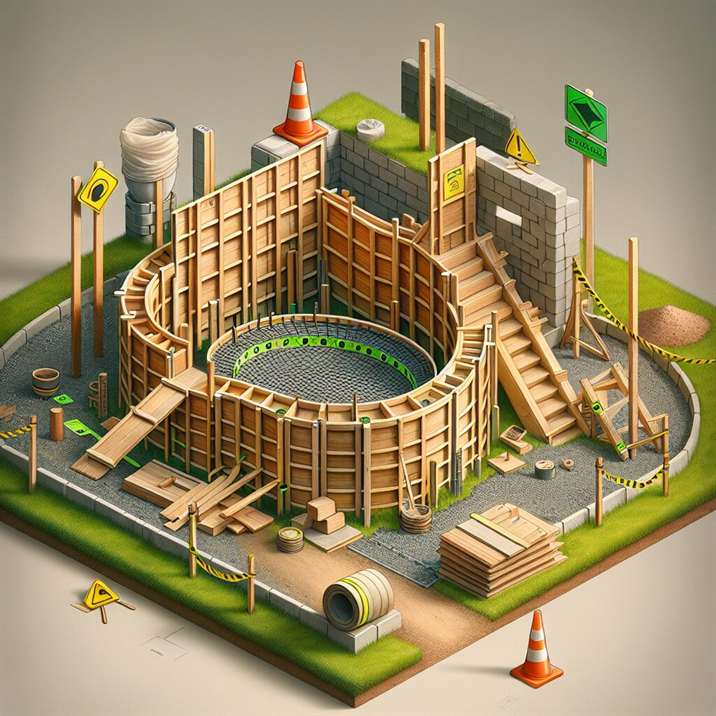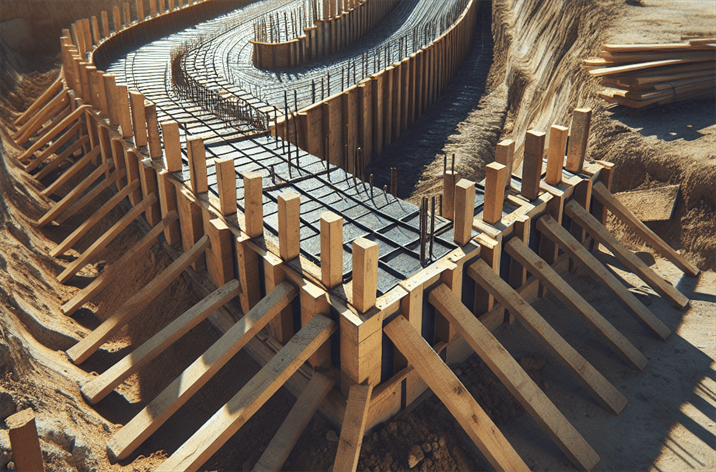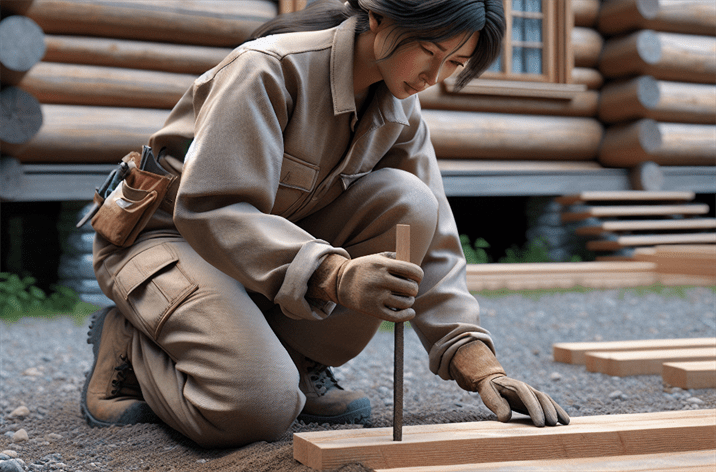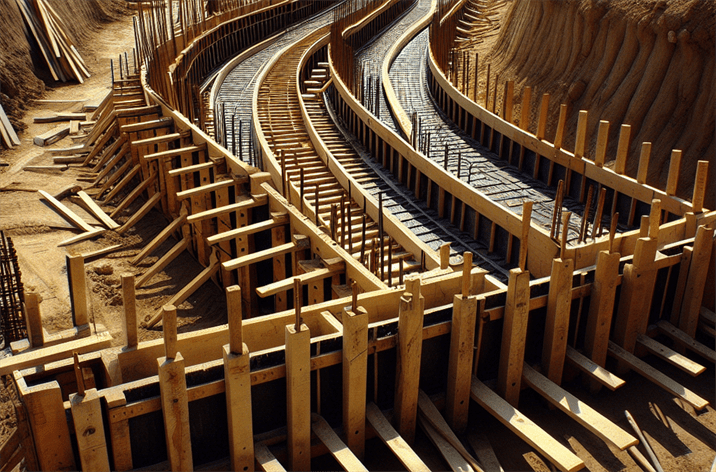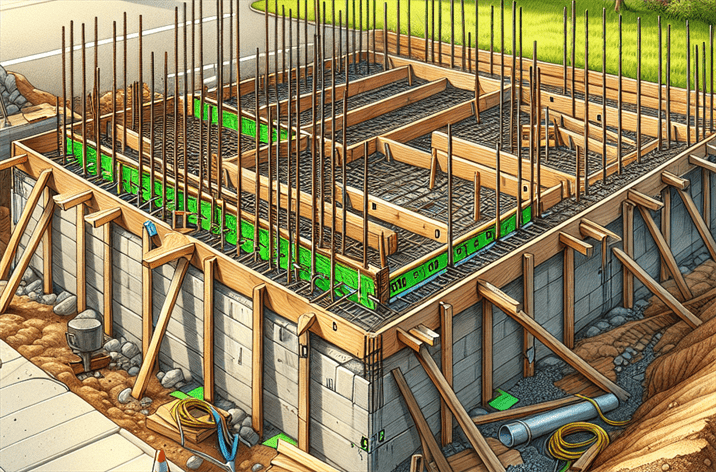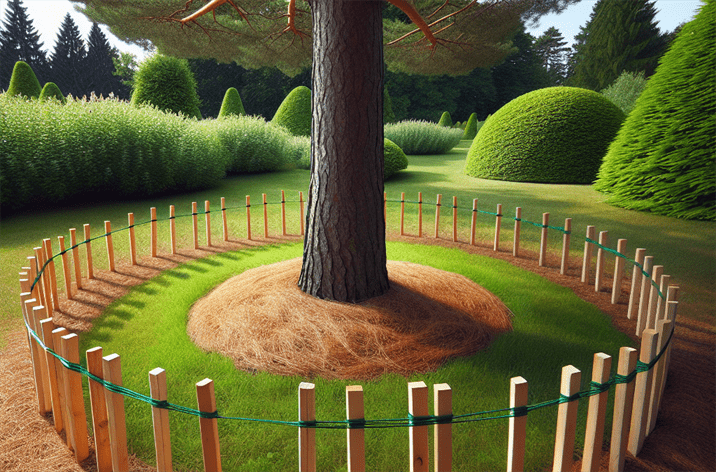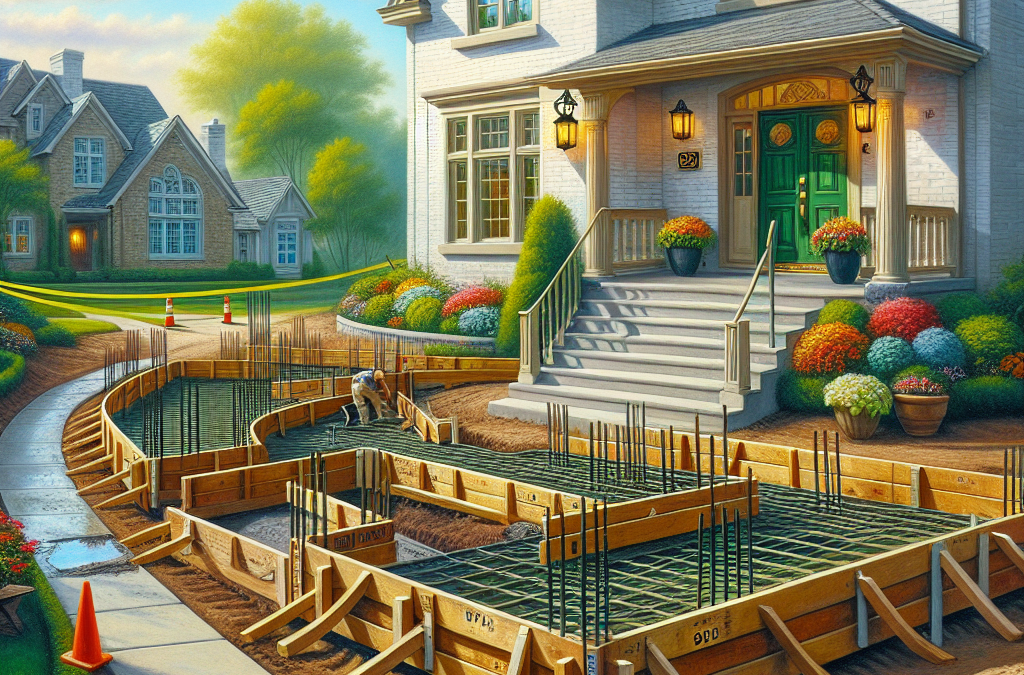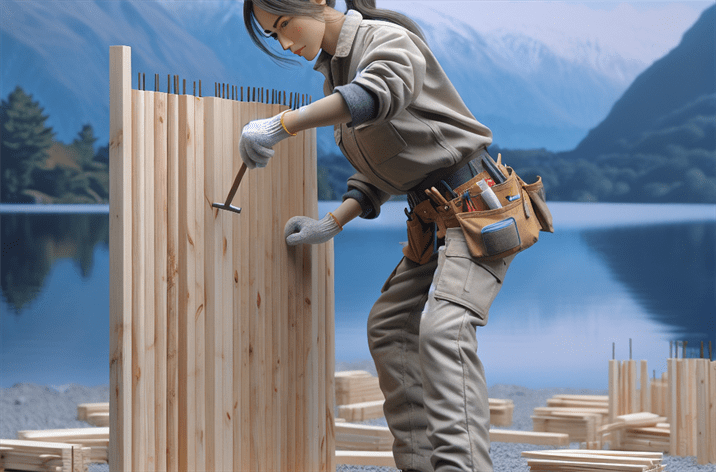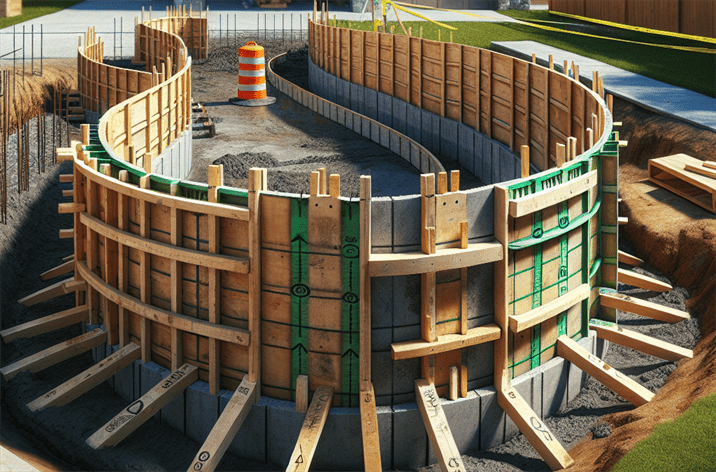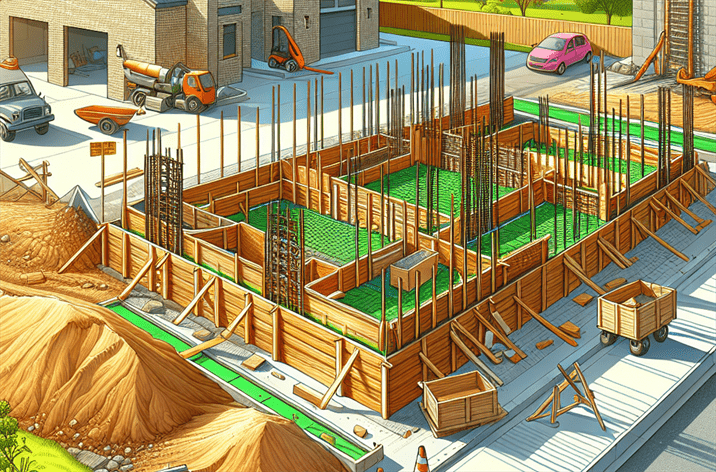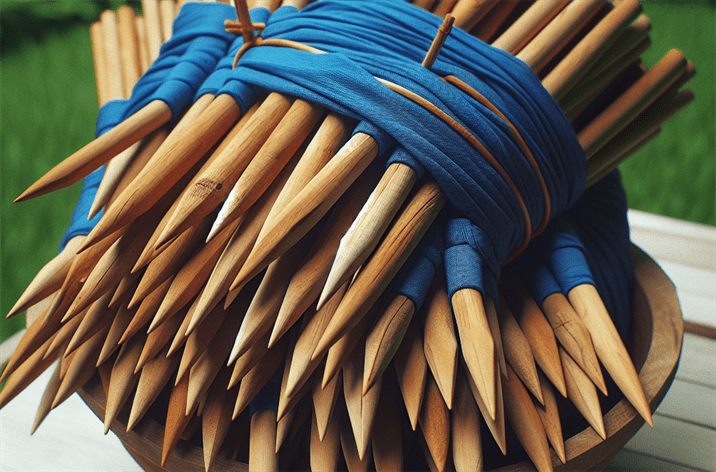Choosing the Best Stakes and Lath for Fencing Projects
Introduction
What is Choosing the Best Stakes and Lath for Fencing Projects?
Definition
Choosing the best stakes and lath for fencing projects involves evaluating the various materials and their suitability for specific applications. Stakes are typically used for marking and supporting the structure of a fence, while lath serves as a framework for attaching the fence boards or panels. The right combination of these elements ensures a robust and visually appealing fence.
Historical Context
Historically, fencing materials have evolved significantly. Traditional wooden stakes were once the go-to choice, but advancements in material science have led to a variety of options, including metal and composite materials. These developments have allowed for more durable, long-lasting, and sustainable fencing solutions.
The Importance of Choosing the Best Stakes and Lath for Fencing Projects
Selecting the appropriate stakes and lath is crucial for the durability and effectiveness of any fencing project. Poor choices can lead to structural instability, sagging, and, ultimately, the failure of the fence.
Choosing the Best Stakes and Lath for Fencing Projects in the Context of Landscaping
In landscaping, stakes and lath play an integral role not just in functionality but also in aesthetics. Properly chosen and installed stakes can enhance the visual appeal of a garden or yard while supporting the growth of plants and flowers. They can also define spaces, creating a more organized and inviting outdoor environment.
Key Players or Contributors
Several key manufacturers are leading the way in producing high-quality stakes and lath. Innovations in wood treatment processes, such as pressure treating and eco-friendly coatings, have improved the longevity and performance of wooden products. Companies are also focusing on sustainability, offering products made from recycled materials or sustainably sourced wood.
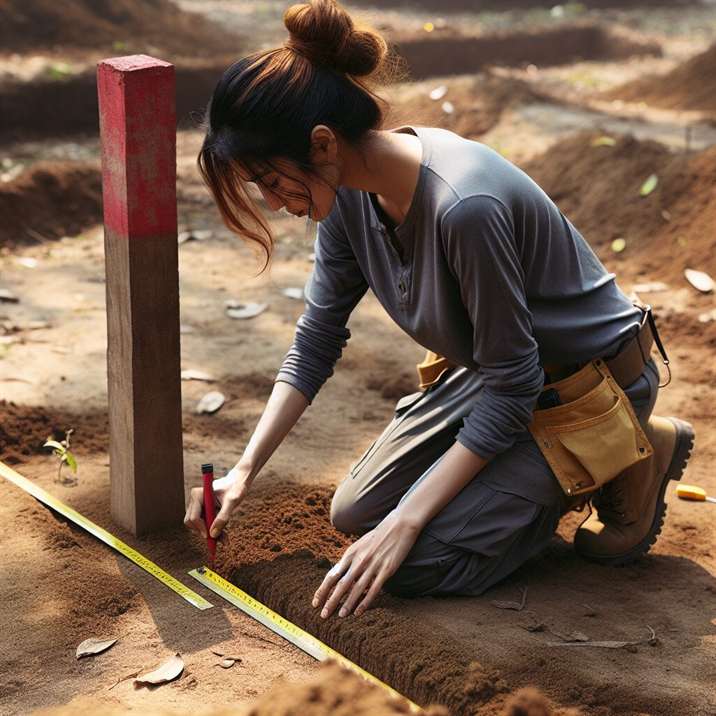
How Does Choosing the Best Stakes and Lath for Fencing Projects Work?
The Mechanics of Choosing the Best Stakes and Lath for Fencing Projects
Choosing the right stakes and lath involves a systematic evaluation of several factors:
- Project Requirements: Assess the specific needs of your fencing project, including height, length, and type of fence.
- Material Selection: Consider the advantages and disadvantages of different materials—wood, metal, or composite.
- Environmental Factors: Evaluate the local climate and soil conditions, which can affect the longevity of the materials.
- Budget: Determine your budget and find materials that fit within it without compromising on quality.
Technological Foundations of Choosing the Best Stakes and Lath for Fencing Projects
Modern technology has introduced tools and equipment that simplify the process of selecting and installing stakes and lath. For instance, laser levels and digital measuring devices ensure precise measurements, while automated machines streamline the manufacturing of high-quality wooden stakes. These advancements not only improve accuracy but also enhance project efficiency.
Real-World Applications of Choosing the Best Stakes and Lath for Fencing Projects
Successful fencing projects often hinge on the proper selection of stakes and lath. For example, a community garden project utilized eco-friendly wooden stakes, ensuring both structural integrity and environmental responsibility. In this case, the stakes not only supported the fence but also complemented the natural aesthetics of the garden, demonstrating how the right choices can enhance both function and form.
Case Studies/Examples of Choosing the Best Stakes and Lath for Fencing Projects in Action
- Residential Fencing: A homeowner replaced traditional wooden stakes with treated, rot-resistant stakes for a long-lasting fence that withstands the elements. This choice reduced maintenance costs and increased the lifespan of the fence.
- Commercial Fencing: A local business opted for metal lath in their fencing projects, which provided superior strength and durability, effectively deterring vandalism and enhancing security.
Best Stakes and Lath for Fencing Projects
Types of Stakes
When selecting stakes for your fencing project, consider the following types:
- Wooden Stakes: These are the most common and can be treated for added durability. They are versatile and suitable for various applications.
- Metal Stakes: Offering superior strength and longevity, metal stakes are ideal for high-security fencing but can be more costly.
- Composite Stakes: Made from recycled materials, these stakes are eco-friendly and resistant to rot and decay.
Types of Lath
Lath comes in several forms, each with unique benefits:
- Wooden Lath: Traditionally used in fencing, wooden lath provides a classic look and is easy to work with.
- Vinyl Lath: This option is weather-resistant and low-maintenance but may lack the aesthetic appeal of wood.
- Metal Lath: Ideal for heavy-duty applications, metal lath provides exceptional support and durability.
Material Considerations
When choosing materials, consider the following factors:
- Durability: Ensure the materials can withstand local weather conditions and resist rot and decay.
- Cost: Identify cost-effective options that do not compromise on quality.
- Environmental Impact: Opt for sustainable materials that minimize environmental footprint.
Best Practices for Using Stakes and Lath in Fencing Projects
Implementing best practices can significantly enhance the performance of your fencing project:
- Installation Techniques: Ensure stakes are driven deep into the ground for stability. Use a level to check alignment.
- Spacing: Maintain consistent spacing between stakes to ensure even support for the lath.
- Maintenance: Regularly inspect and maintain your fence to prolong its lifespan.
For more detailed guidelines on proper installation methods, refer to our article on Top Construction Stakes and Lath Guide.
Common Challenges in Fencing Projects
Despite careful planning, several challenges can arise during fencing projects:
- Soil Conditions: Uneven or rocky soil may complicate the installation of stakes.
- Weather Conditions: Rain or high winds can delay the project and affect material performance.
- Budget Constraints: Unexpected expenses may arise, impacting the choice of materials.
To overcome these challenges, proper planning and resource management are essential. For a more in-depth look at tackling these issues, check out our guide on construction alignment tools.
Conclusion
Choosing the best stakes and lath for fencing projects is a vital step that can significantly impact the success of your project. By understanding the various types available, their applications, and best practices for installation, you can ensure a durable and aesthetically pleasing fence. With a focus on sustainable materials and technological advancements, the fencing industry continues to evolve, providing consumers with innovative solutions that meet their needs.
As you embark on your fencing project, remember to assess your specific requirements, evaluate your material choices, and implement best practices for installation. With the right knowledge and preparation, your fencing project will stand the test of time, providing security and beauty to your property.
For further insights into selecting the best materials, consider exploring our comprehensive guide on Budget Construction Stakes & Lath.
Resource Links:
1. MMD Sales – A comprehensive guide on selecting the right stakes and lath for various fencing needs.
2. Home Depot – Overview of different types of stakes and lath available for fencing projects, including materials and installation tips.
3. Louis E Page, Inc. – Expert advice on how to choose the best stakes and lath for durability and effectiveness in fencing applications.

